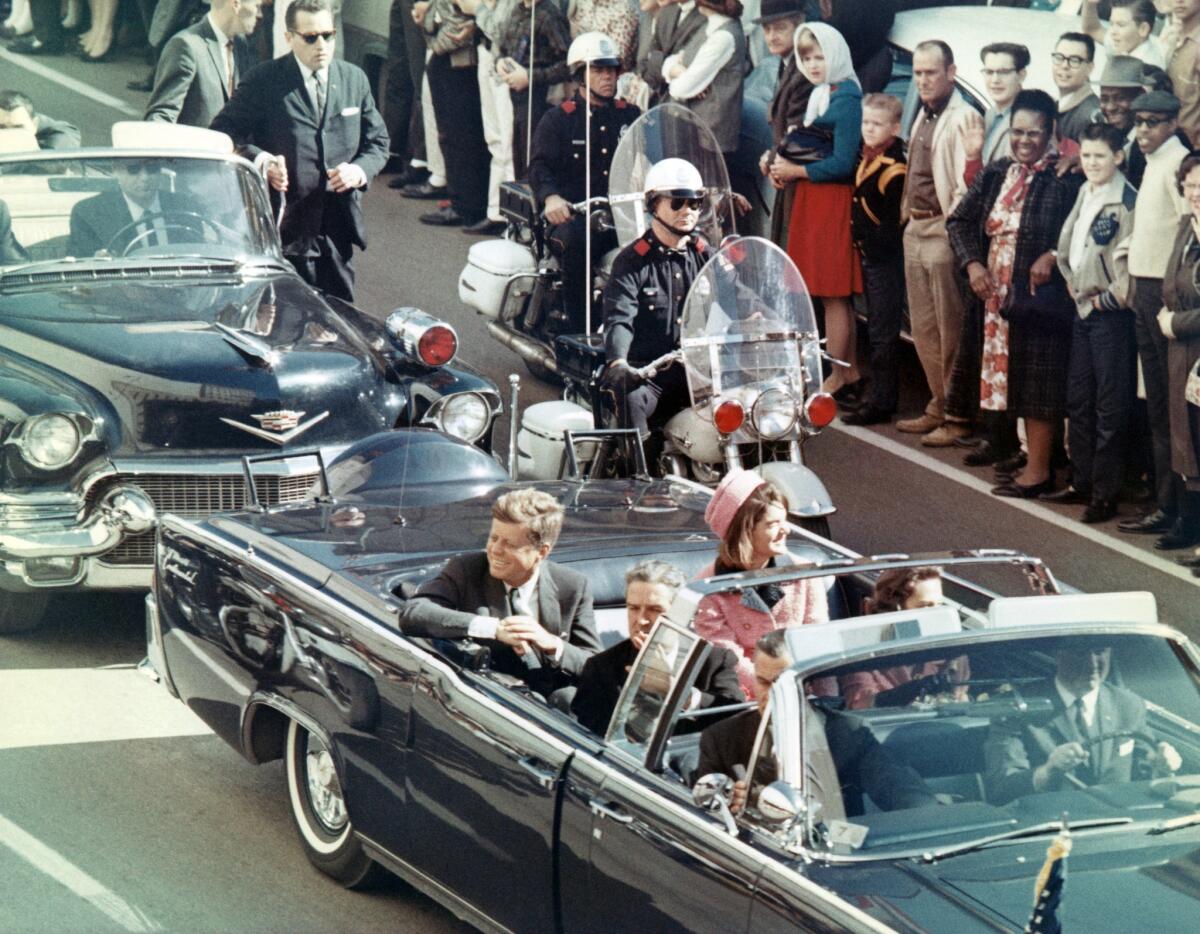Witnesses to the JFK assassination: Three Dallas stories
In 1963, a radio newsman, a schoolgirl and a nurse were close to the action when President John F. Kennedy was assassinated. What they saw still haunts them.
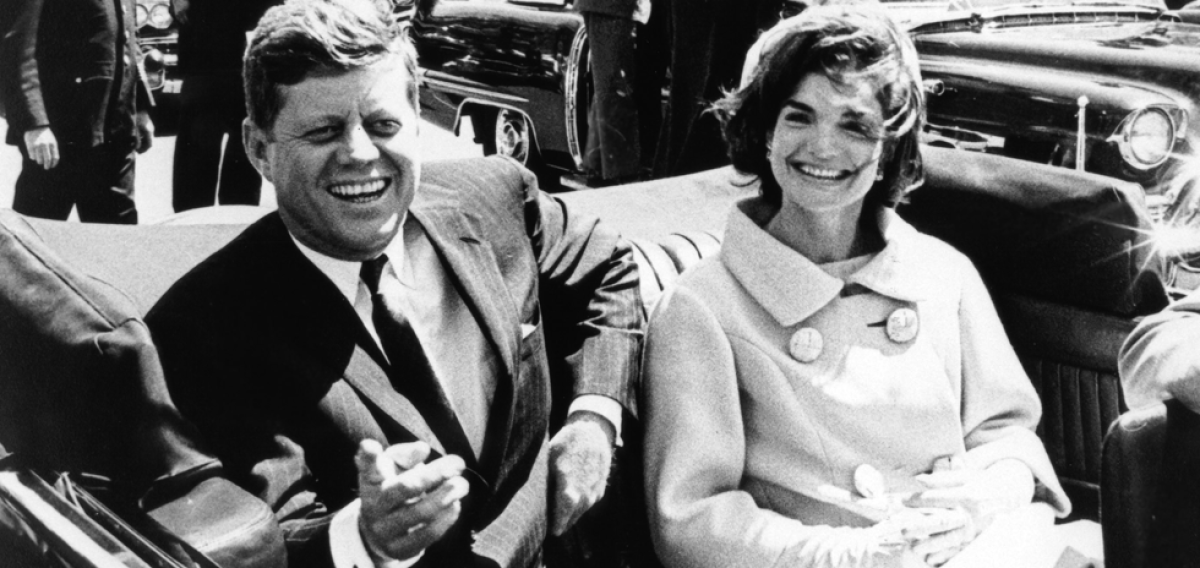
Pierce Allman was a young news manager at a local radio and television station when President John F. Kennedy came to his hometown, and Allman found himself drawn to the motorcade, excited to see the young president and his glamorous wife.
What Allman witnessed that day sometimes invades his dreams: the shots booming, Kennedy's arms jerking up to his throat, the first lady screaming.
Pierce Allman was a radio program manager when JFK arrived in Dallas on Nov. 22, 1963. He'll never forget that day. (Video by Brian van der Brug, produced by Albert Lee and Mary Vignoles.)
"It's a distinct sensation because everything is vivid," he said. "It's timeless; there's no concept of 50 years. It's as if it was yesterday or a few days ago. You can hear all the sounds. Sometimes it's in slow motion."
Dallas is preparing to officially mark the anniversary of the assassination for the first time. A crowd of 5,000 people, selected by lottery, will gather in Dealey Plaza for the unveiling of a monument, musical performances and readings from Kennedy's speeches by historian David McCullough. At 12:30 p.m., around the time Kennedy was shot on Nov. 22, 1963, bells will toll across the city, followed by a moment of silence.
Allman, who has a ticket to attend Friday's ceremony, is one of many Texans who will be reflecting on how the tragedy was imprinted on their lives.
Tina Towner Pender, who was 13, recalls being dazzled by the first lady, and then stunned by the pop of what sounded like firecrackers.
Phyllis Hall, then a nurse at Parkland Hospital, can picture the chaos that erupted when the president arrived at the emergency room, and how Jackie Kennedy refused to leave his side.
For all three, like many across the country, the murder resonates to this day. Hall became disillusioned with the political establishment, Allman marveled at how one gunman could change history, and Pender, then a schoolgirl, remembers it as the day the adults didn't know what to say or do.
Because they saw the tragedy unfold in person, they say, they also feel an intense sense of responsibility — an obligation to share what they know and felt.

Allman, then the 29-year-old program manager at WFAA radio, had spent weeks helping to organize coverage of Kennedy's visit.
Some officials in Texas had publicly expressed concern about security for the Democratic president, he recalled, because "visitors to Dallas had been sort of shabbily treated." Conservative crowds had heckled Vice President Lyndon B. Johnson and U.N. Ambassador Adlai Stevenson. One demonstrator struck Stevenson with a protest sign.
The morning the president arrived, gray skies gave way to sunshine, and Allman drove to work in his convertible while listening to radio reports on Kennedy's arrival at Love Field. He was intrigued by something the reports said: The president strode across the tarmac to greet the waiting crowd and was traveling without a bubble top on his limousine.
"It was after that morning coverage that I decided to walk over to watch the motorcade," Allman said.
Allman was interviewed by the Secret Service and has recounted what happened next many times over the decades. Along with Pender and Hall, he's viewed by experts at the Sixth Floor Museum, an institution dedicated to chronicling the assassination, as a credible witness.
"The assassination does become a part of your life," he said.
WFAA was just two blocks from Dealey Plaza, and Allman headed up Houston Street with a colleague, glancing up at rooftops and windows, some open. He turned to his companion.
"I really don't know how they could secure all this," Allman recalled saying.
Allman found a place to stand at the corner of Houston and Elm Streets, facing the Texas School Book Depository.
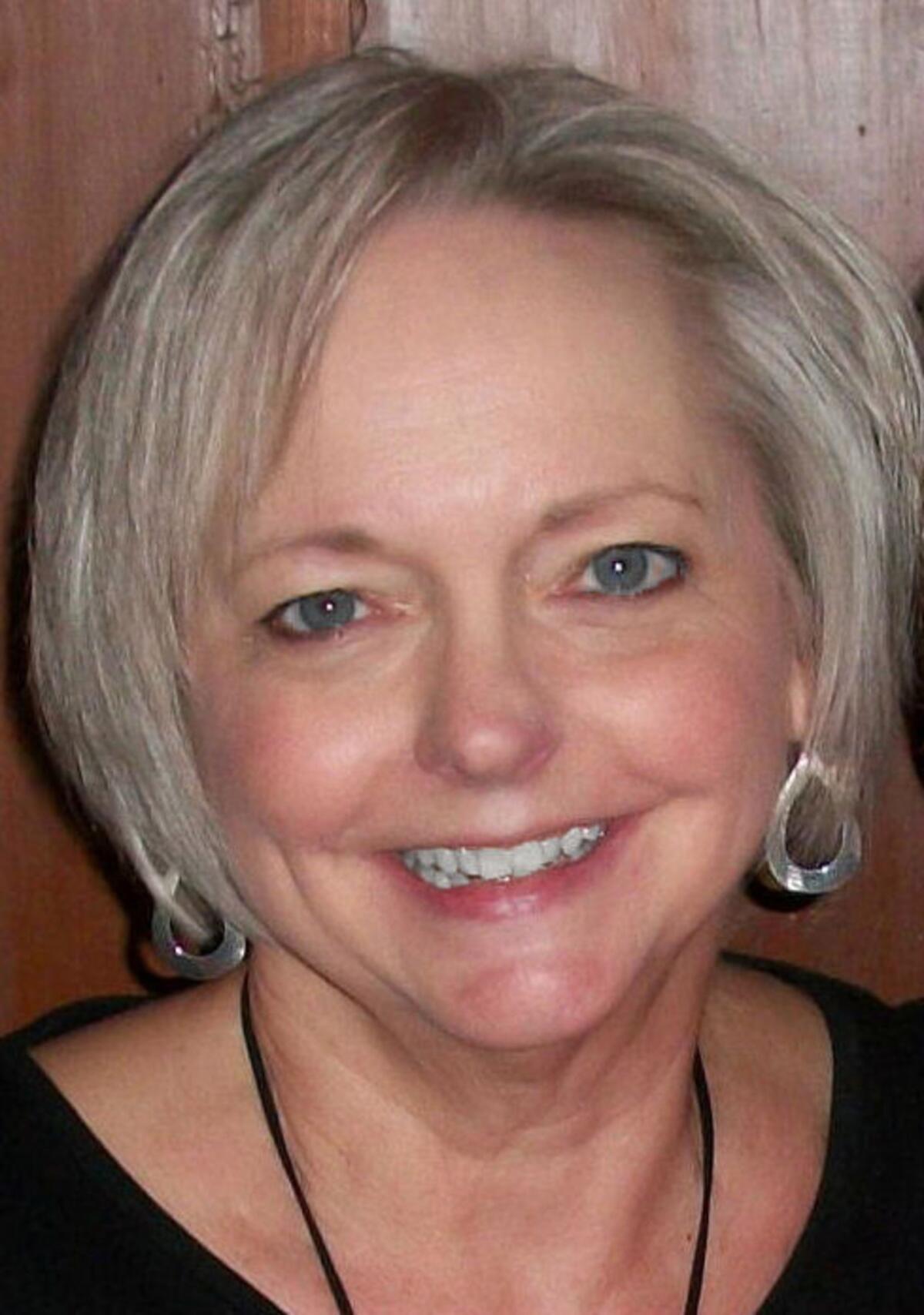
Tina Towner Pender, seen today at left and in 1963 at right, was 13 when her father handed her a camera to film the president's motorcade in Dallas in 1963. (James M. Towner, right image) More photos
Across the street, Pender was waiting with her parents. They planned to take her back to school after she helped her father record the motorcade. She wore her school clothes: a blue sweater, matching skirt, bobby socks and loafers, her hair curled into a short brown bob.
Her father held a boxy Yashica 44 still camera and handed her a Sears Tower Varizoom, an 8-millimeter camera that shot in color and was mostly used to film home movies.
"There's not a whole lot of film left in there, but there's enough for this," he said.
Pender and her mother staked out a spot on the corner and took turns sitting on a campstool they had brought. When her father suggested they move south, toward a grassy knoll, they protested. Shortly before 12:30 p.m., they realized the president's limousine was entering the plaza.
"You could hear the crowds as the motorcade was approaching," she said.
Pender watched her father get permission from a police officer for the family to stand in the street, near the curb, so he and his daughter could take pictures. The limousine, with the Kennedys sitting behind Texas Gov. John Connally and his wife, turned off Houston onto Elm. Pender gazed through the viewfinder, and her hands trembled with excitement as she tried to keep the first couple in the frame. She was struck by Jackie Kennedy's beauty.
"She seemed to be looking right at us," Pender said.
She stopped filming seconds later as the limousine rounded the corner.
Then came what sounded to her like firecrackers, and someone yanked her to the ground. She got up moments later but couldn't see her parents, who had been swallowed up by the panicked crowd.
When she found them nearby, her father, an Army veteran and marksman who knew the sound of gunfire, said, "Someone just tried to shoot the president!" He took off with his camera in the direction the crowd was headed, toward the grassy knoll, to investigate.
Allman, from his vantage point, watched Kennedy's arms twitch and spring up toward his chin.
He heard the first lady scream, "Oh, my God!" and saw her crawl onto the back of the limo.
Allman looked up at the book depository. He thought he could see a rifle barrel protruding from a window. He headed for the grassy knoll and then changed his mind, thinking, "I've got to get to a phone."
He ran up the book depository steps, passing a man at the entrance. The stranger was thin, with dark hair and circles under his eyes. Allman asked where he could find a phone.
The man jerked his thumb back toward the building as he left and said, "In there."
Later, Allman learned the stranger's name: Lee Harvey Oswald.

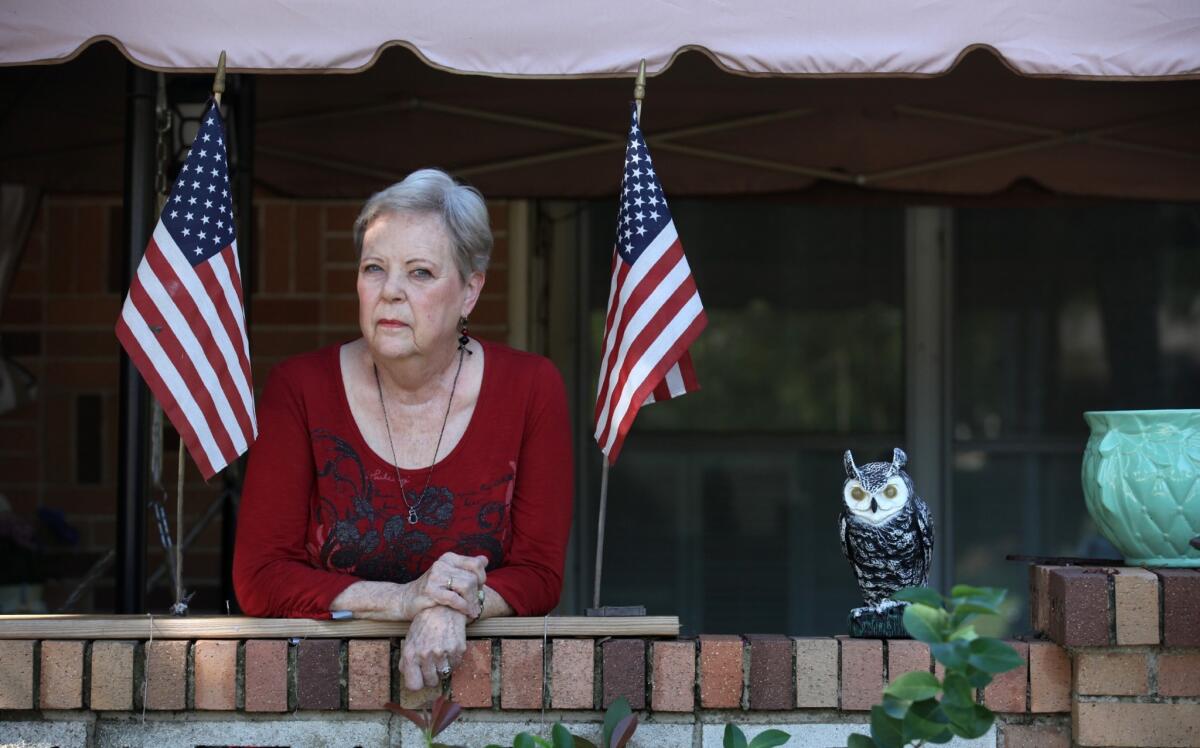
Phyllis Hall was a nurse at Parkland Hospital when a mortally wounded President Kennedy arrived. (Brian van der Brug / Los Angeles Times) More photos
Hall, 28, was a nurse on duty at Parkland Hospital. She had swung by the emergency room to see a colleague when a supervisor rushed up and said, "There's been an accident in the president's motorcade and they're on their way!"
The wounded arrived moments later.
"I thought the doors had exploded," Hall recalled. "I don't think we had time to think about it — there was just a lot of confusion and yelling."
Kennedy was rushed in and members of the motorcade kept arriving.
"They brought in LBJ. Of course, he'd had heart trouble and his color was just terrible, so they were treating him. Then they brought Gov. Connally in and he was just spitting blood — his lung had been punctured," Hall said. It was, she thought later, "like a newsreel — you knew all these people but they were so out of context, it didn't seem real."
Suddenly, Hall saw a man carrying a long gun approach. FBI, police and Secret Service agents were everywhere, and many were armed. "He put his hand on my back and said, 'We need you back here,'" and directed her to Trauma Room No. 1, she said. The small room was filled with so many doctors, nurses and others that at one point Hall was forced against a wall.
Kennedy's face was deep blue around the eyes, and she could see a bullet hole near his Adam's apple. Hall checked for a pulse but didn't feel one. She watched as doctors performed a tracheotomy through the president's neck wound.
Hall saw Jackie Kennedy standing nearby, her pink Chanel suit spattered with her husband's brain matter. A doctor lifted the president's hair to reveal the gaping wound.
"Jackie just stood at the foot of the carriage with her hand on his foot," Hall said. "She was in such deep shock, she was just staring at his face. At some point the supervisor came in and asked if she would like a chair out in the hallway and she said no, she was going to stay with him. We all wanted to do whatever we could, but there was nothing we could do."
Dr. William Kemp Clark, who to Hall looked like an old schoolmaster with beady eyes behind small glasses, pronounced Kennedy dead at 1 p.m.
"Call it," the doctor said and then strode out past Jackie Kennedy, barely stopping as he said, "Madam, your husband is dead."
Hall approached the first lady and said, "I am so sorry for your loss," but Kennedy just stared straight ahead and didn't seem to hear.

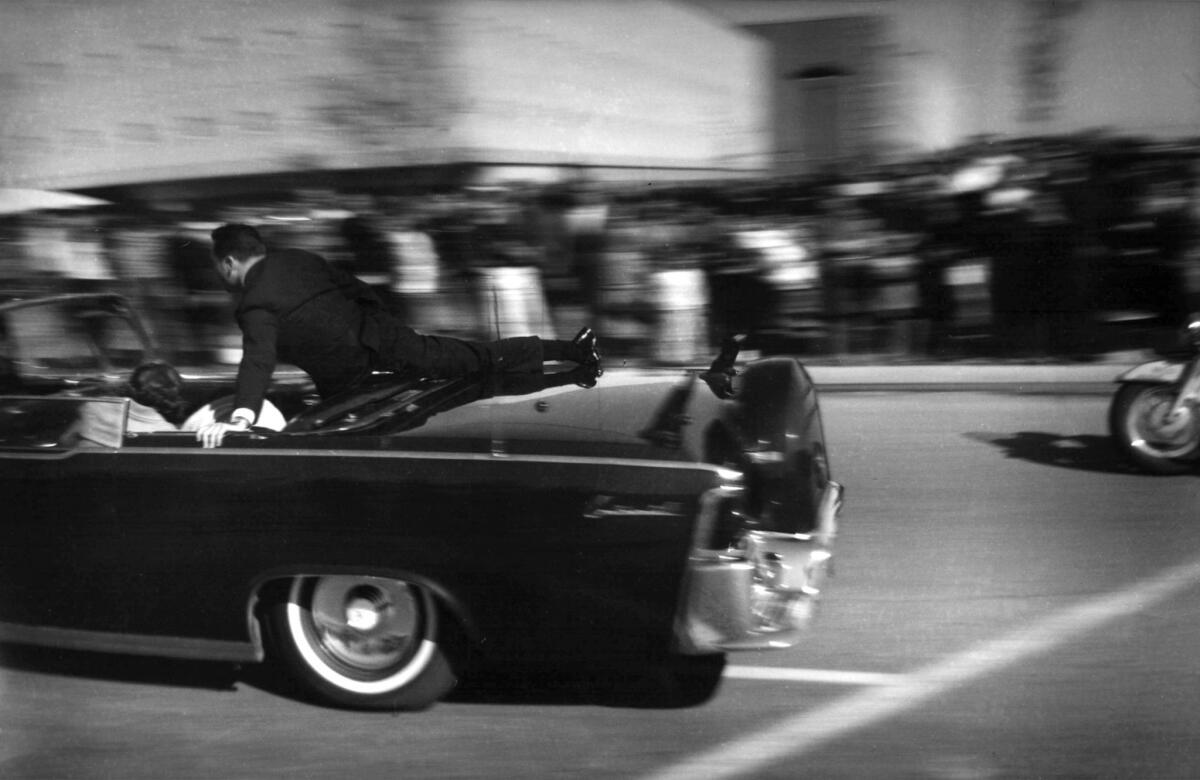
The limousine carrying President Kennedy races toward the hospital seconds after he was shot. (Justin Newman / Associated Press) More photos
Pender had filmed about 15 seconds of the motorcade. Her father took four photos: one of the limo turning and three afterward near the grassy knoll, including one showing a policeman kneeling with his gun drawn.
The family returned to their green Buick and listened to news reports.
"They asked me if I wanted to go back to school, and I didn't know what I should do," she said, "Nobody knew what should be done."
They took her to school. Her classmates were listening to news reports over the loudspeaker when she arrived and told them where she had been.
"They didn't know what to say. Even the teachers were speechless," she said. In the days that followed, officials appealed for those who had shot footage of the motorcade to turn over their film. Her father complied. The film came back weeks later, after the FBI had reviewed it.
The family drew the shades and set up the projector. In the darkened room, the limo glided from right to left in bright sunshine, with Jackie Kennedy in the foreground, looking calm and radiant.

Pender, 63, is retired and living in central Texas near Austin. For now she has entrusted the film to the Sixth Floor Museum, located in the former book depository. She came to the museum recently for a book signing of her memoir, "Tina Towner: My Story as the Youngest Photographer at the Kennedy Assassination."
Pender plans to watch the anniversary commemorative events on television at home.
"It seems impossible it's been 50 years. In some regards it seems like it was just yesterday, or that it happened to somebody else," she said. "I have to remind myself that I was there, that it happened and what a world tragedy it was."
Pierce Allman ran to the Texas School Book Depository, seen behind him, in search of a phone and briefly exchanged words with a stranger — who he later learned was Lee Harvey Oswald. (Bendan Smialowski / AFP/Getty Images) More photos
Hall, 78, will not attend the anniversary event, but she goes to Dealey Plaza occasionally. For decades, when people asked about that day, Hall demurred. Then four years ago she was invited to speak at the Sixth Floor Museum. Surprised by the size and enthusiasm of the crowd, she decided to keep telling her story. "People have a right to know," she said.
Kennedy's shooting, she said, shook her core beliefs, and she doubts official accounts that say Oswald acted alone. "He offered hope to the people at the time," she said, "In just a few moments, that hope had been dashed."
Allman, 79, owner of a marketing and real estate firm, wonders sometimes: If he had looked up sooner and seen Oswald in the sixth floor window, would he later have recognized the assassin in the doorway of the book depository? Might that have helped police catch Oswald before he fled to Oak Cliff and fatally shot Dallas Police Officer J.D. Tippit?
And every so often, the dreams come.
In them, he meets the thin stranger in the doorway again. When he wakes, he knows the man was Oswald. In the dream he has a suspicion but can't place the man's face. And, always, before he can remember, the thin stranger disappears.
Follow Molly Hennessy-Fiske (@mollyhf) on Twitter
Follow @latgreatreads on Twitter
More on the JFK assassination
Readers share their memories of a terrible day

The class went silent and Mrs. Gray asked us all to pray that President Kennedy would be OK."
Dallas' Sixth Floor Museum gives bigger picture
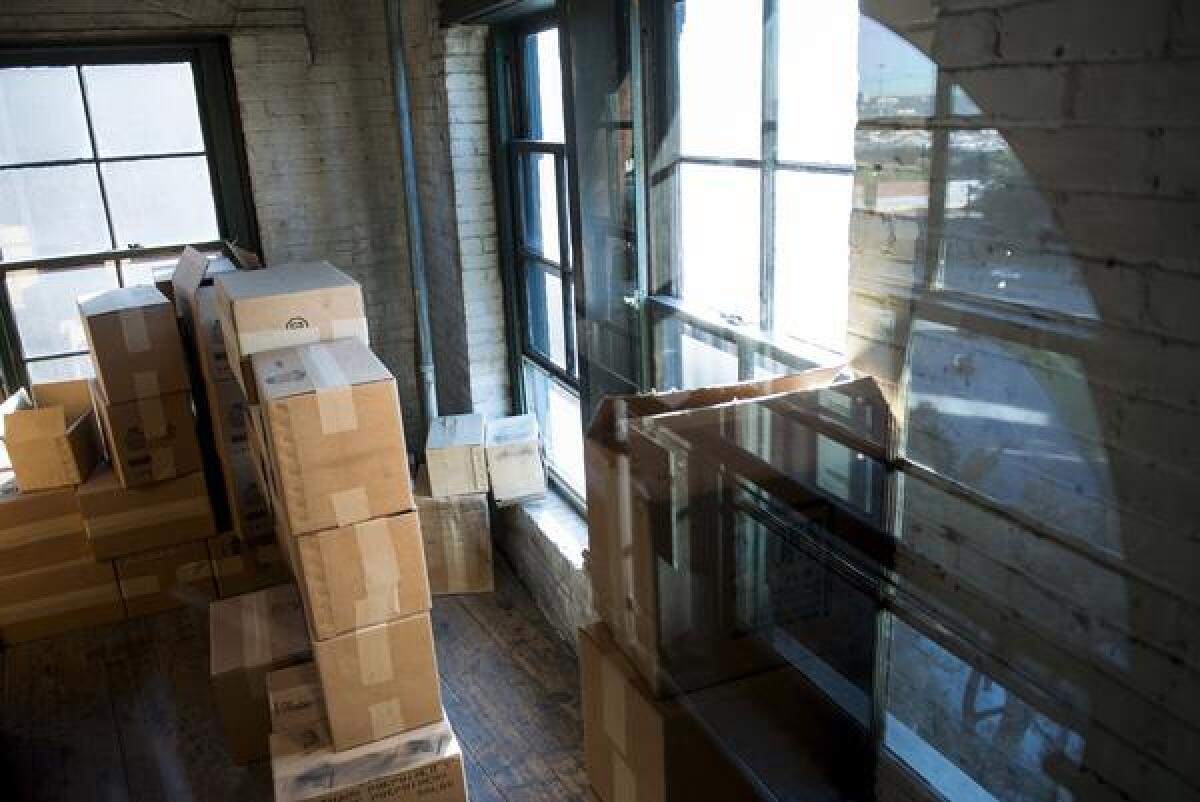
Sign up for Essential California
The most important California stories and recommendations in your inbox every morning.
You may occasionally receive promotional content from the Los Angeles Times.
